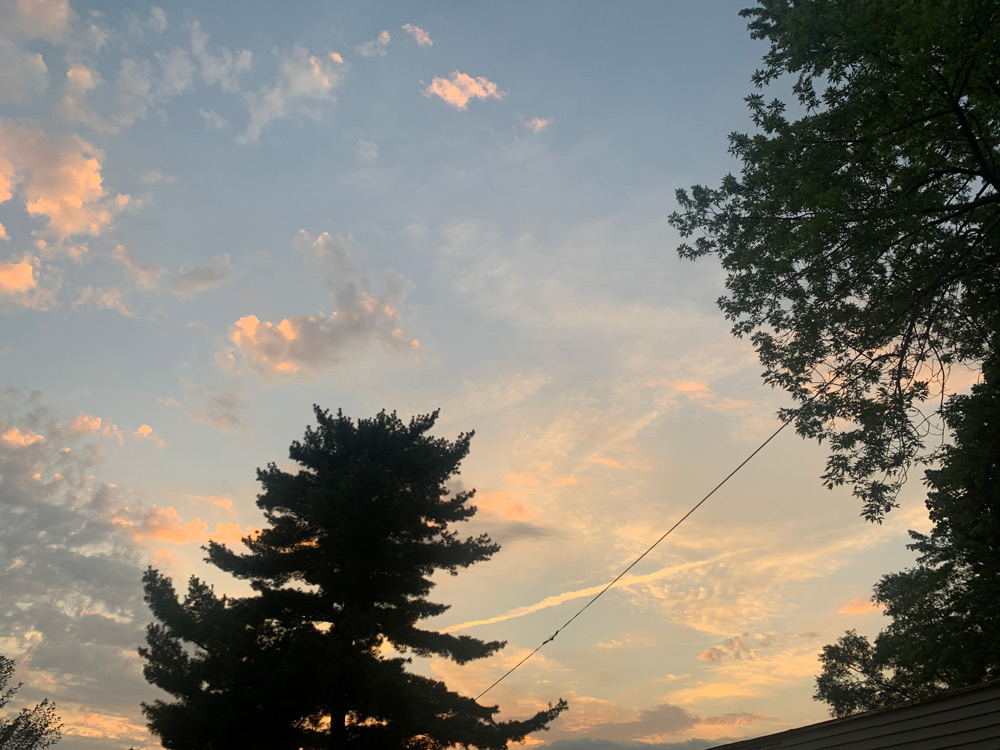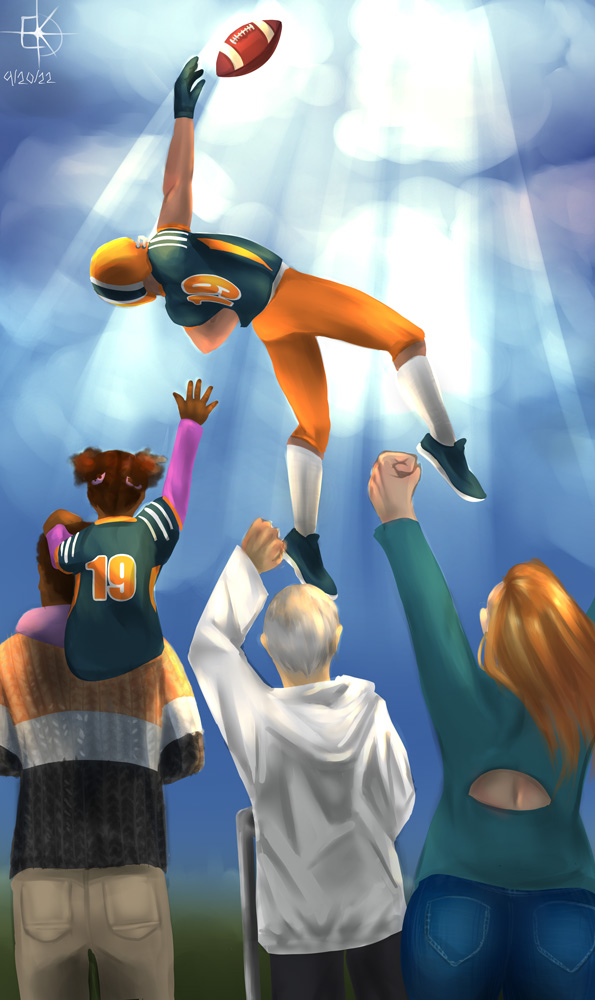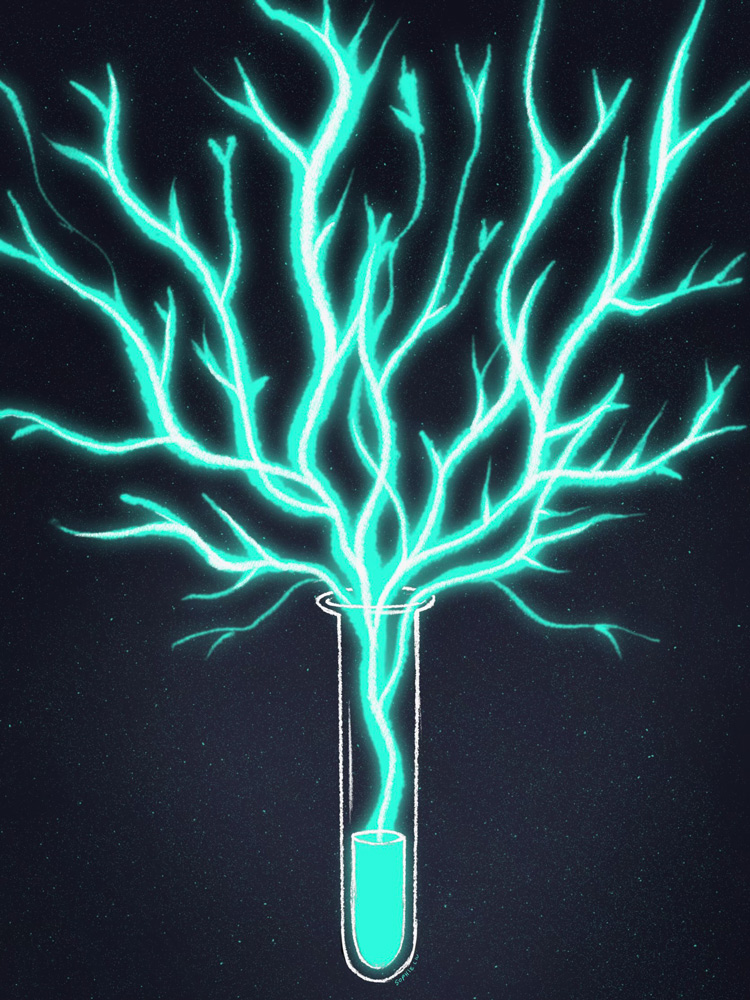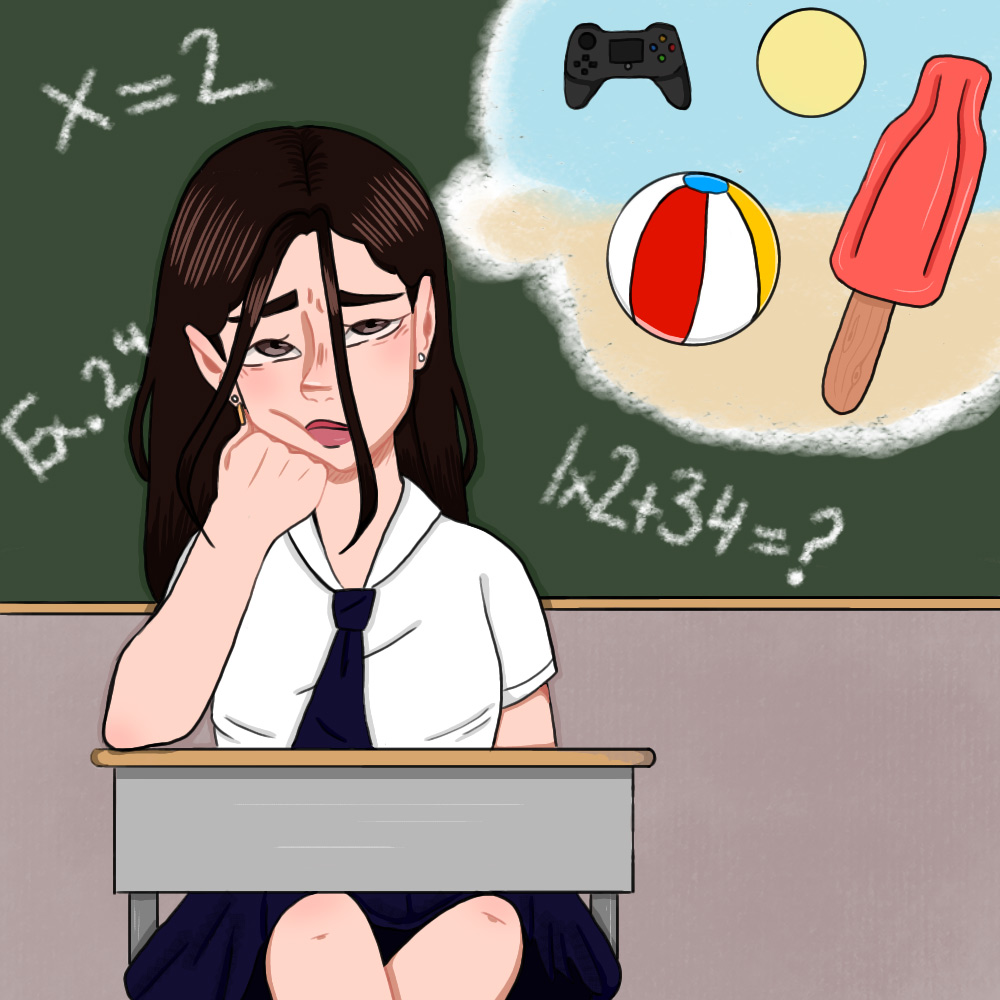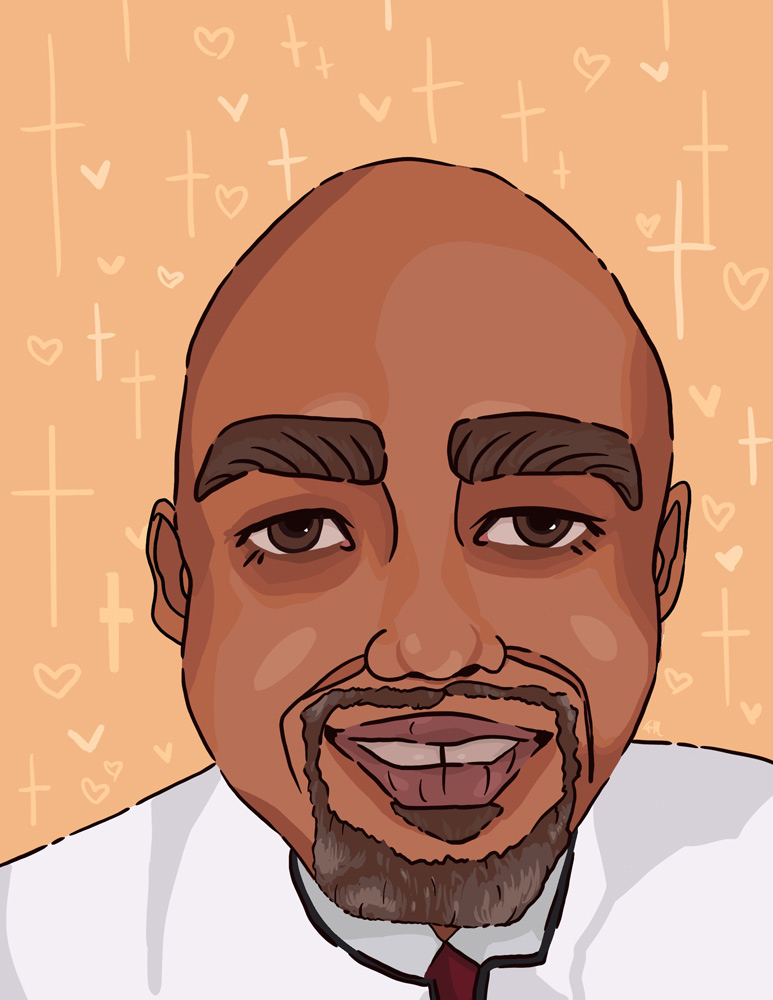?
by Karma Henderson Alone but in a room full of people Silent but surrounded by noise Full but so empty Hot but so cold Most people wonder What drives depression But nobody really knows Nor understands where It comes from Or how it KILLS my motivation And STRANGLES my process And SILENCES my voice And …

